Over the past several years, we have witnessed the rapid development and launch of many “black-box risk models.” We’ve looked under the hood at many of them and found the methodologies to be very complex and the initial goal hard to decipher. Some of them appear more like technical-soup than an actual common sense strategy. So to answer, “How did we build it?” We built the index with the client in mind, and designed a strategy linked to common technical and behavioral indicators.
We took the indicators which we have already discussed: MACD, and volatility, and simply looked at how they collectively can confirm periods of heightened risk. Both of the indicators were statistically standardized and given z-scores for entry and exit triggers. The z-score methodology allows the strategy to be dynamic and adapt to new information and different market cycles. The end methodology gives each indicator an equal vote on exiting the equity markets. It takes both indicator votes to exit, and both votes to re-enter. Our methodology makes it harder to exit, thus likely reducing the potential for false signals.
Why give rely on both indicators? This hits at the heart of our philosophy: simplicity. Technical or behavior indicators do not work independently all the time, thus we look for a confirmation of signals to define an entry or exit of the high yield markets rather than rely on one overriding signal. We felt the combination of MACD on high yield and volatility on equities was a perfect marriage for detecting risk-on or risk-off environments. Bonds are higher in the capital structure compared to equities. Equities would need to sell-off first, (higher volatility), before bonds would be impacted. We look for higher volatility in tandem with a trend down in high yield bonds, as a confirmation to trigger the risk-off signal. Our goal is to rely on a combination of both votes to exit the high yield market, and two votes to re-enter. While not foolproof, it is a commonsense strategy that attempts to follow basic investment principals; remain invested and reduce risk if appropriate. That is exactly what we tried to build.
While thinking through the construction of the strategy, we also knew we did not want to overthink the high yield bond or cash exposure. The index rotates between a broad cap-weighted Solactive High Yield index for the high yield exposure, and short-term treasuries for the risk-off fixed income. The goal was to let the indicators be the driver of potential alpha and not our choice of underlying high yield exposure. We feel the simple solution can be an optimal solution.
There is one last minor item to mention. When a signal is given to enter or exit the market, that signal is in affect for a minimum of ten days. The goal here is to avoid a whipsawing effect of trend changes. We’ve found that anything shorter triggers higher trading, which has the potential to drive costs higher.








